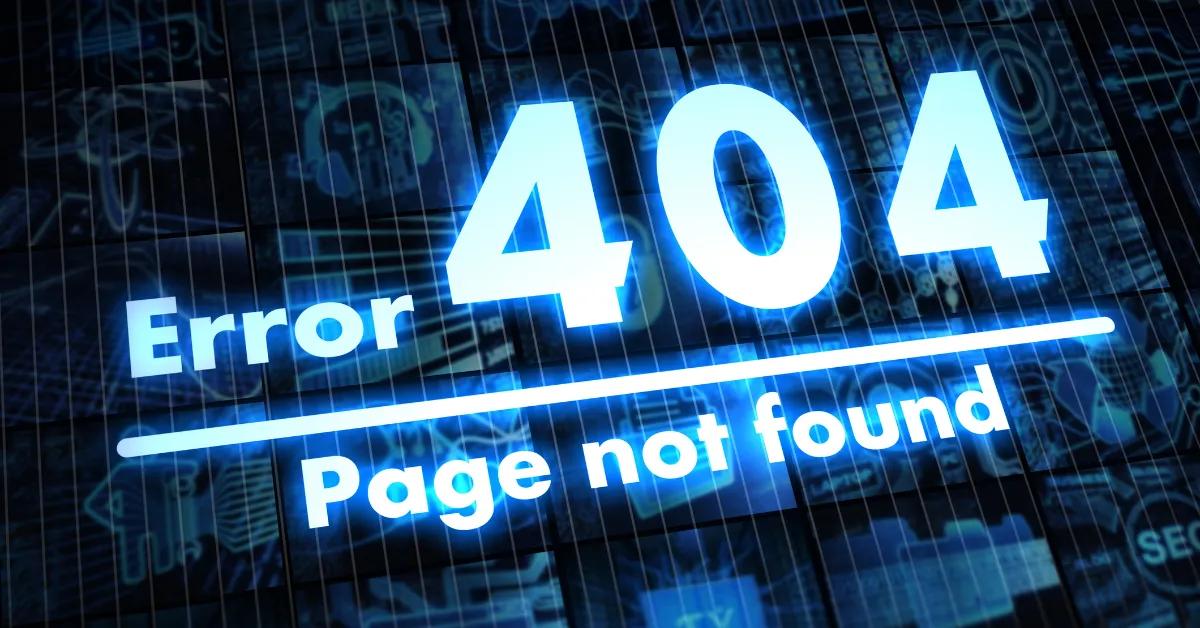AI Hallucination: What It Is, Why It Happens & How To Prevent It

Dan is an entrepreneur with a rich tech background and a passion for AI, known for his global perspective and leadership.

What Is AI Hallucination?
AI hallucination occurs when AI systems generate false, misleading, or entirely fabricated information. This phenomenon is particularly concerning in fields requiring high precision, such as law, where inaccurate data can lead to serious consequences.AI hallucinations arise from limitations within the AI itself, including its training data's breadth and quality, its understanding of complex human language, and the intricacies of legal principles. Recognizing and addressing AI hallucinations is crucial for maintaining the integrity and reliability of legal processes supported by artificial intelligence.What Causes AI Hallucination?
AI hallucinations stem from several core issues, each contributing to the AI's generation of incorrect information:Outdated, Low-Quality Training Data
One of the foundational causes of AI hallucination lies in the quality and relevance of the training data used to educate AI models. AI systems learn to make predictions or generate outputs based on the data they have been exposed to during their training phase. When this data is insufficient in volume, outdated, or of low quality, it can lead to incomplete learning and inaccurate representations of reality by the AI.Insufficient Data

Outdated Data
The legal field moves fast and precedents, laws, and regulations frequently change. Training AI systems on outdated information can lead to recommendations or analyses that are no longer applicable or accurate.Low-Quality Data
Training data contaminated with errors, biases, or irrelevant information can mislead AI systems, prompting them to replicate these inaccuracies in their outputs.Overfitting
Overfitting occurs when an AI model is too closely tailored to the training data, to the extent that it fails to generalize well to new, unseen data. This can happen when the training involves excessively complex models that learn to capture noise or random fluctuations in the training dataset as if they were meaningful patterns.Overfitting could lead the AI to overemphasize irrelevant details from past cases or documents, generating outputs that do not accurately apply to current scenarios.Misunderstood Language
AI systems, especially those utilizing natural language processing (NLP) technologies, can struggle with the intricacies of human language. Ambiguity, context, idioms, and the multifaceted nature of legal terminology can pose challenges for AI, leading to misinterpretations and inaccuracies in output.Legal language is particularly prone to these issues due to its complexity and the high degree of precision required in its interpretation.Purposeful Manipulation
AI models can also be susceptible to purposeful manipulation, where individuals with knowledge of how these systems operate introduce misleading information or "adversarial inputs" to skew the AI's learning or outputs.This could potentially be exploited to influence AI-driven decision-making processes, generating biased or incorrect analyses or predictions.Why AI Hallucination Occurs
AI Hallucination occurs for several reasons including:Data Quality and Composition
AI models, particularly deep learning algorithms, require extensive datasets to train on. A dataset that is too small may not cover all the scenarios the model will encounter, leading to gaps in the model's understanding and potential hallucinations when faced with unfamiliar data.Biased Data

Complexity Mismatch
Sometimes, the complexity of an AI model doesn't match the complexity of the task or the data. Either an overly complex model for a simple task or a too-simple model for a complex task can lead to hallucinations due to the model's inability to generalize effectively.Algorithmic Limitations
In the case of natural language processing (NLP), AI models often struggle with the nuances of human language, including idioms, sarcasm, and context-dependent meanings. These limitations can result in misunderstandings and inaccuracies in AI-generated text, especially in analyzing legal documents where precision is crucial.Inherent Limitations of Algorithms
Every algorithm has limitations based on its design and the assumptions it makes. These limitations can lead to situations where the AI system generates incorrect outputs due to the algorithm's inability to navigate complex or ambiguous scenarios effectively.Training Methodologies
AI systems often rely on feedback loops for learning and improvement. If these loops incorporate incorrect or misleading information—whether from biased user interactions or flawed data sources—the AI may "learn" these errors, leading to repeated and systemic hallucinations.Lack of Domain-Specific Training
AI models that are not specifically trained on domain-relevant data may lack the nuanced understanding required for accurate output generation. This is particularly true in specialized fields like law, where a deep understanding of context, precedent, and terminology is essential.Why Is Preventing AI Hallucination Important For Lawyers?
Preventing AI hallucination is critical for lawyers due to two main reasons:Reputational Risk

Potential Legal Implications
Beyond reputational damage, there are tangible legal implications. Incorrect legal advice based on faulty AI analysis could lead to malpractice claims, adversely affecting a lawyer's career and potentially resulting in financial liability. Additionally, reliance on incorrect information in legal arguments could negatively impact case outcomes, further compounding the potential for legal and ethical ramifications.How To Spot AI Hallucination
Spotting AI hallucination involves recognizing when an AI system may be providing incorrect, misleading, or unfounded information. Key indicators include:Incorrect Predictions
These occur when AI tools provide legal conclusions or facts that contradict established laws or judicial precedents. It's vital to cross-reference AI-generated information with reliable legal databases or consult with legal experts to verify its accuracy.False Positives
AI might incorrectly identify legal issues or applicable laws in a scenario, suggesting the presence of legal considerations that don't actually apply. Legal professionals should be wary of AI suggestions that seem out of context or inconsistent with their knowledge and experience.False Negatives
This involves AI systems overlooking critical legal principles or relevant case law, potentially leading to incomplete or flawed legal analysis. Regular updates and training on a diverse range of legal texts can help reduce the occurrence of false negatives by ensuring the AI has a broad understanding of legal matters.How To Prevent AI Hallucination In Law
Preventing AI hallucination within the legal field focuses on enhancing the reliability and accuracy of AI tools. Key strategies are:Train AI Tools On High-Quality, Publicly Available Legal Data


